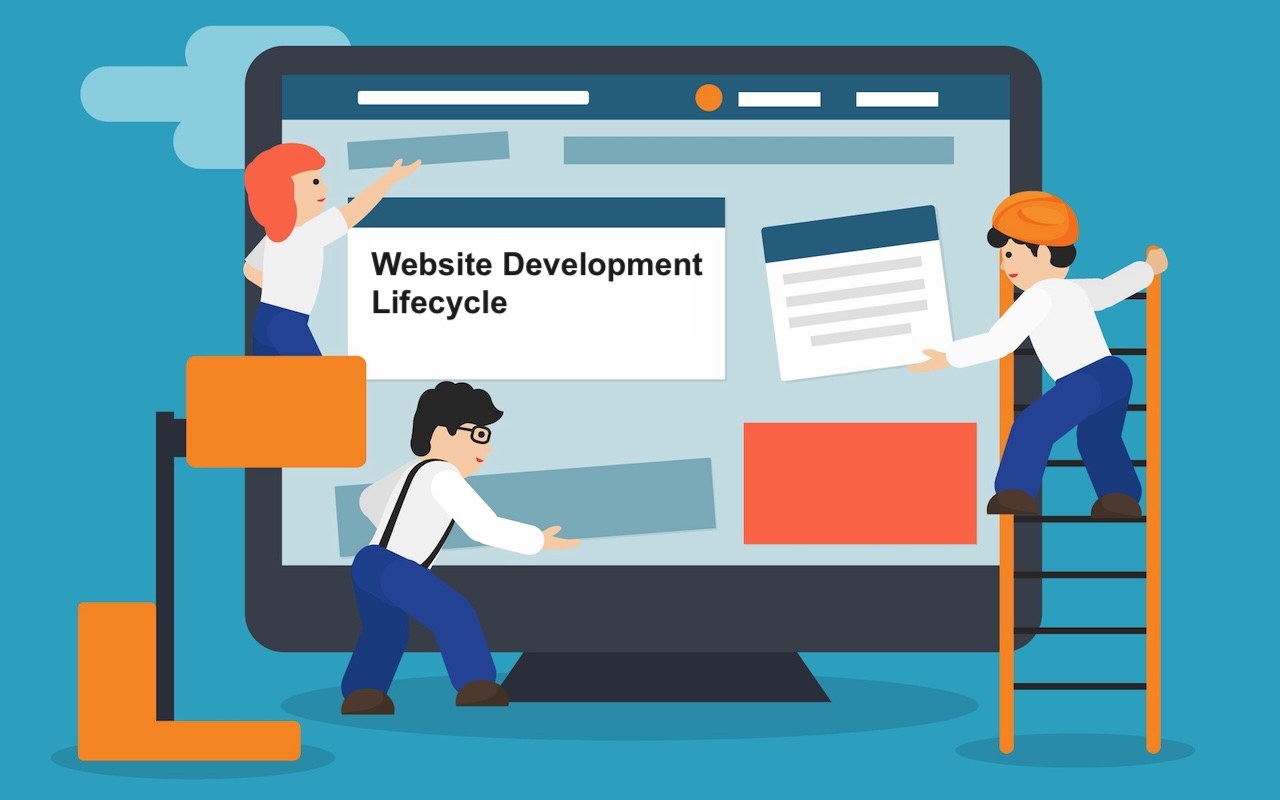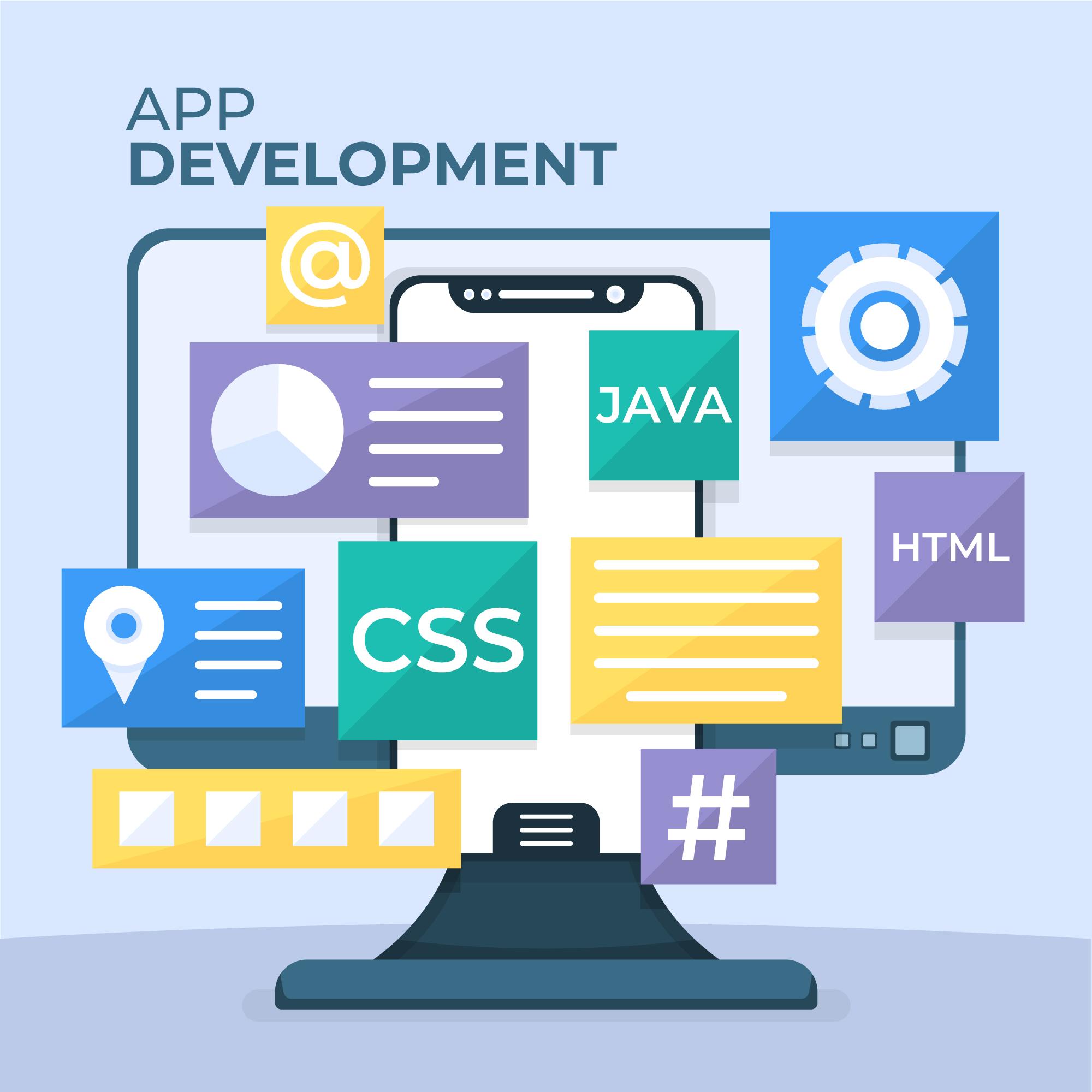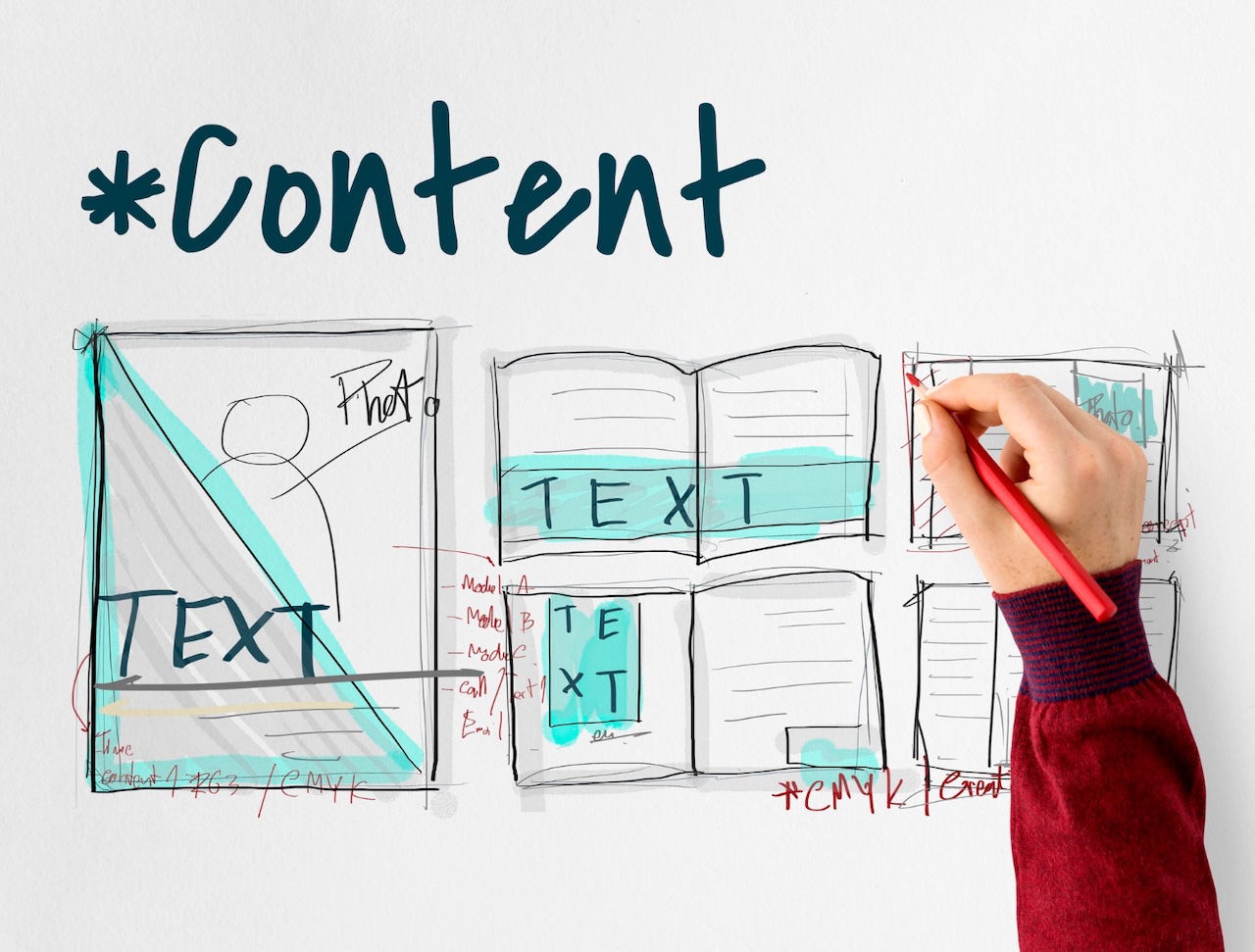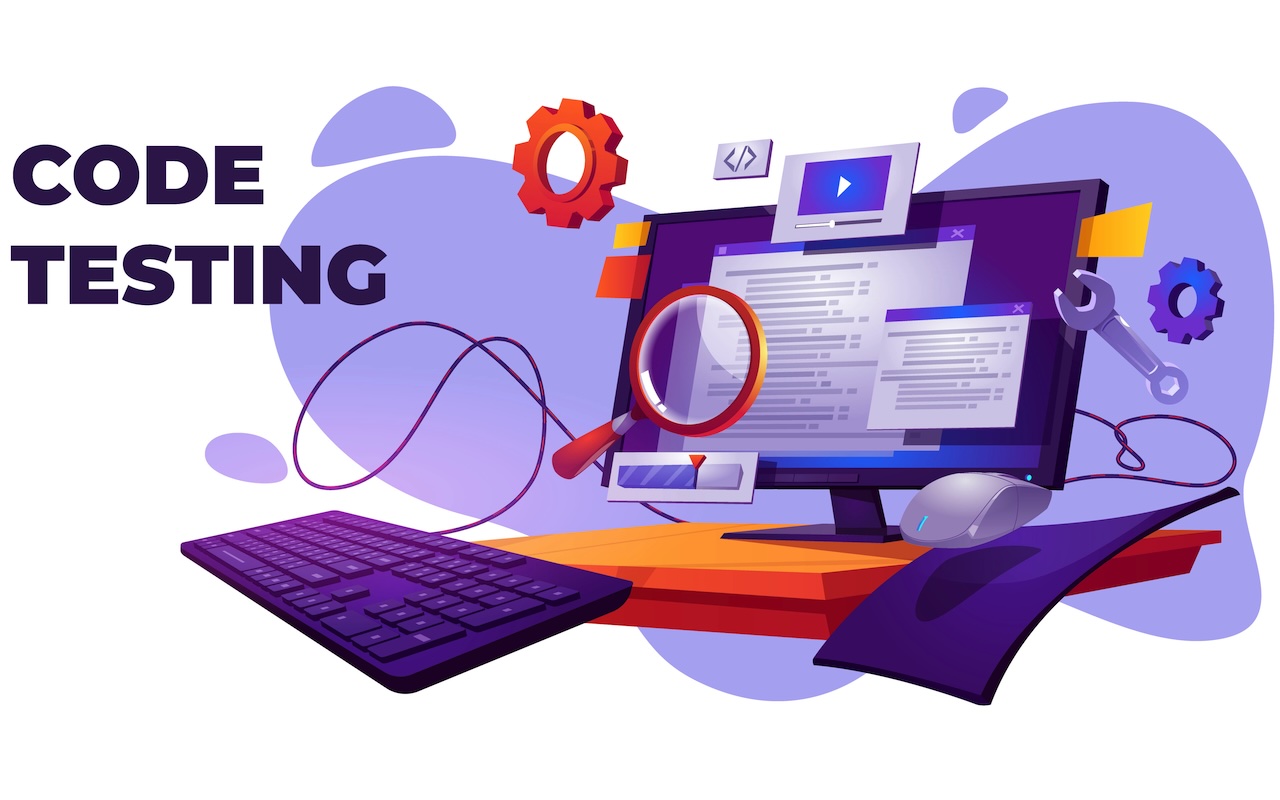
Building a website is a journey that transforms an idea into a functional online experience. Whether you’re creating a business website, an e-commerce store, or a personal project, understanding the website development lifecycle helps you set realistic goals, avoid costly mistakes, and ensure long-term success. This article breaks down each stage of the website development lifecycle (WDLC), from the earliest planning to the final launch and beyond.
1. Planning and Research

Every successful website begins with clear planning. At this stage, you define your clear goals. Whether you're selling products, generating leads, or building brand awareness, the planing should include identifying your target audience. Competitor research provides insight into industry benchmarks and reveals opportunities for differentiation. Creating a scope document and setting a timeline keeps the project aligned and avoids last-minute surprises.
2. Wireframing and Layout

Wireframing is the process of creating a visual blueprint of a website before any design or coding begins. Think of it as the skeleton of a project. Tt shows the layout, structure, and flow of content without focusing on colors, graphics, or branding. A sitemap outlines how users will move through the site, ensuring content is organized logically. Tools like Figma, Sketch, or Balsamiq make this process more efficient.
3. UI/UX Design

Once the structure is set, it’s time to bring it to life visually. The design phase focuses on user experience (UX) and user interface (UI). Designers create high-fidelity mockups that define the look, feel, and interactivity of the site. Responsive design principles are crucial here, ensuring the site works seamlessly on desktops, tablets, and smartphones. Accessibility also plays a important role and serves every user including those with disabilities.
4. Web Development

Once the planning, wirframing and design stages are complete, the next phase is turning concepts into a fully functioning website. This is where web development comes in, a stage that bridges design with technology to create an interactive, reliable, and user-friendly online presence. Web development is typically divided into two main areas: front-end development and back-end development. Together, these elements ensure a seamless balance between aesthetics, performance, and functionality.
A. Front-end Development
Front-end development is the process of building the visual and interactive parts of a website, which everything users see and interact with directly in their browser. It focuses on transforming design concepts into functional interfaces that deliver a seamless user experience.
Developers use HTML, CSS, and JavaScript to create the visible elements of the site, such as buttons, navigation menus, and animations. Frameworks like React, Angular, or Vue can streamline the process and improve functionality. Cross-browser compatibility testing ensures the site works consistently across different platforms.
B. Back-End Development
While the front-end handles what users see, the back-end focuses on the server-side of a website which is everything behind the scenes. This includes databases, servers, and application logic. Popular languages include PHP, Python, Ruby, and JavaScript (Node.js). Secure coding practices and scalable architecture ensure the site can handle traffic growth and protect user data.
5. Content Development

A website isn’t complete without meaningful content. At this stage, text, images, videos, and other assets are added. Content should be optimized for search engines, with proper metadata, headings, and alt tags. A Content Management System (CMS) like WordPress or Drupal may be used to simplify ongoing content updates.
Good content does more than just fill empty spaces; it guides visitors through the site, communicates your brand message, and encourages desired actions, whether that’s making a purchase, subscribing to a newsletter, or reaching out for more information.
6. Testing and Quality Assurance

Before launch, rigorous testing ensures the site functions as intended. Functional testing checks forms, links, and navigation. Usability testing evaluates the ease of use for visitors. Performance optimization, such as improving load times, enhances the overall user experience. Security audits confirm the site is protected from vulnerabilities.
7. Deployment and Launch

After testing, the site is ready to go live. This involves configuring web hosting, pointing the domain, and migrating files to the production server. A final checklist ensures everything works smoothly on the live environment. Announcing the launch with a marketing campaign can help attract initial traffic and engagement.
Working with a Web Development Agency
Not every project uses in-house development. For many businesses, partnering with a web development agency can streamline the process and deliver professional results. Agencies offer end-to-end support across all stages of the website development lifecycle including planning, design, coding, and maintenance, and help clients stay on schedule and within budget.
When selecting an agency, look for one with a proven track record in digital agency website development. Reputable agencies don’t just code; they guide clients through strategy, user experience, and long-term scalability. A good example is Solar Digital, which emphasizes user-centered design and innovative solutions tailored to different industries.
Working with the right agency ensures that your website aligns with business objectives, provides measurable results, and evolves alongside your growth.
Post-Launch Maintenance and Updates
Launching a website is just the beginning. Websites require ongoing maintenance to stay secure, updated, and relevant. This includes applying software patches, refreshing content, and monitoring analytics to track performance. Gathering user feedback helps guide future improvements and expansions.
Conclusion
From initial planning to post-launch upkeep, the website development lifecycle is a comprehensive journey that blends creativity, technical expertise, and strategy. By following a structured process including wireframing, designing, building, testing, and maintaining; you can ensure your website not only meets your immediate goals but also evolves with your needs. Whether you manage the process in-house or partner with a trusted agency like Solar Digital, a great website is crafted step by step for lasting success.
Images by Freepik.
Share this post
Leave a comment
All comments are moderated. Spammy and bot submitted comments are deleted. Please submit the comments that are helpful to others, and we'll approve your comments. A comment that includes outbound link will only be approved if the content is relevant to the topic, and has some value to our readers.

Comments (0)
No comment